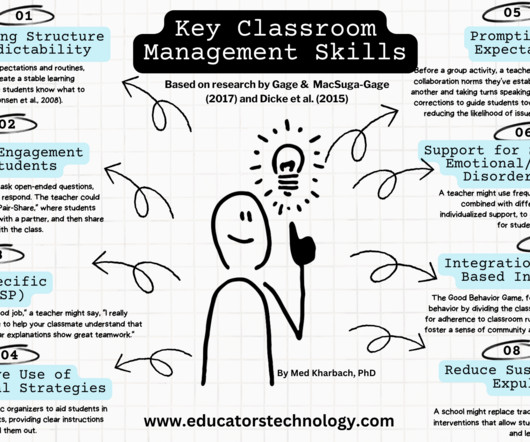#05: 5 Ideas for Using Game-Based Learning in your Classroom Today
The CoolCatTeacher
FEBRUARY 3, 2017
Register for my free Differentiating Instruction with Technology webinar sponsored by SMART Learning Suite next Thursday, February 9 at 4pm. Here’s my interview with Karen Lirenman and Kristen Wideen about the best iPad apps for the elementary classroom. Get a free 45-day trial of SmartLab for Game Based Learning.















Let's personalize your content